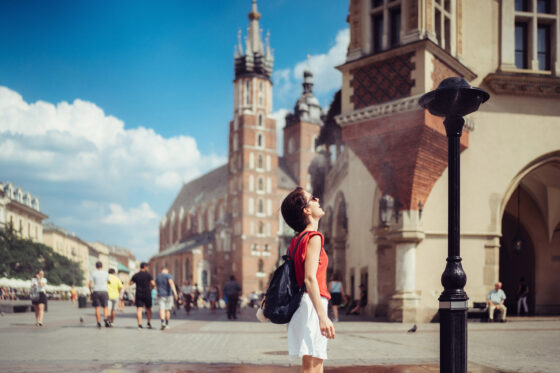
Heat waves are increasing and living conditions in urban areas are quickly becoming stifling. More and more cities want to be resilient and therefore offer different solutions to overcome this lack of freshness. Overview of some initiatives to cool down, even if the thermometer is fortunately above 30 degrees.
Among the already resilient cities, which have an action plan to counter the effects of global warming in the coming years, we find Melbourne (Australia), Buenos Aires (Argentina), Durban (South Africa) and Barcelona (Spain). ).
In the United States, Google has understood that green cities are one of the best ways to fight the heat. To help local authorities, Google has developed a tool called Tree Canopy that provides a very precise picture of a city’s greening to determine where to plant trees, where none exist yet. . not enough. The idea is to determine the dense areas and those where there is a clear lack of vegetation. Google has already published maps of a dozen US cities, from Los Angles to Miami, including Chicago and Washington. It now remains to plant the trees necessary to meet all these needs.
In the Middle East, Abu Dhabi is developing various solutions to help the population breathe and enjoy a minimum of freshness, using vegetation and adapted street furniture. For example, the capital of the United Arab Emirates recently inaugurated a new kind of park, equipped with awnings and blinds that are open at night, small walls to channel the (warm) breeze, misters and native plants strategically placed. It should be noted that near Abu Dhabi is Masdar City, a new “green” city where climate resilience has been taken into account since its construction.
Closer to home, in Barcelona, locals and tourists alike can take advantage of a very practical online tool called Cool Walks, which allows them to discover all the shady spots and refreshment points available to them, whatever the hour. In particular, this tool makes it possible to calculate a route not based on available public transport or walking time, but based on sun exposure.
Finally, in France, the startup Urban Canopee offers municipalities that wish islands of freshness, in the form of autonomous and connected plant structures, easy to transport and maintain. These canopies are intended to refresh residents while contributing to the recovery of urban biodiversity. The idea is to reduce exposure to the sun and heat in highly exposed places, such as large squares. In addition to some sixty cities in France, this solution is already being exported to Switzerland and Australia.
ETX Daily Up